Deployment Algorithm of Service Function Chain of Access Network Based on Stochastic Learning
-
摘要:
针对5G云化接入网场景下物理网络拓扑变化引起的高时延问题,读文提出一种基于部分观察马尔可夫决策过程(POMDP)部分感知拓扑的接入网服务功能链(SFC)部署方案。该方案考虑在5G接入网C-RAN架构下,通过心跳包观测机制感知底层物理网络拓扑变化,由于存在观测误差无法获得全部真实的拓扑情况,因此采用基于POMDP的部分感知和随机学习而自适应动态调整接入网切片的SFC的部署,优化SFC在接入网侧的时延。为了解决维度灾问题,采用基于点的混合启发式值迭代算法求解。仿真结果表明,该模型可以优化部署接入网侧的SFC,并提高接入网吞吐量和资源利用率。
-
关键词:
- 网络切片 /
- SFC动态部署 /
- 网络拓扑感知 /
- 部分观察马尔可夫决策过程
Abstract:To solve problem of the high delay caused by the change of physical network topology under the 5G access network C-RAN architecture, this paper proposes a scheme about dynamic deployment of Service Function Chain (SFC) in access network based on Partial Observation Markov Decision Process (POMDP). In this scheme, the system observes changes of the underlying physical network topology through the heartbeat packet observation mechanism. Due to the observation errors, it is impossible to obtain all the real topological conditions. Therefore, by the partial awareness and stochastic learning of POMDP, the system dynamically adjust the deployment of the SFC in the slice of the access network when topology changes, so as to optimize the delay. Finally, point-based hybrid heuristic value iteration algorithm is used to find SFC deployment strategy. The simulation results show that this model can support to optimize the deployment of SFC in the access network side and improve the access network’s throughput and resource utilization.
-
表 1 算法1:更新探索信念点集合
${{{B}_{\rm su}$ (1) 用式(13)计算被扩点集${B^{{\rm pr}}$ (2) for all ${{b}} \in {B^{{\rm pr}}$ do (3) 用式(14)计算su$({{b}})$ (4) 用式(15)计算离${B_{{\rm su}}$最远的后继信念点${{{b}}''}$ (5) end for (6) 清空集合${V'}$的元素 (7) for all ${{b}} \in {B_{{\rm su}}$ do (8) 用式(17)计算下界向量${{{α}} _{{b}}$并加入${V'}$中 (9) end for (10) 将下界集合$\underline V $ 更新为${V'}$ (11) for all ${{b}} \in {B_{{\rm su}}$ do (12) ${V_{{{co}}} \leftarrow \{ {{b}}|\exists s \in S,b(s) = 1\} $ (13) ${v^0_{{b}}\leftarrow \displaystyle\sum\limits_{{b'} \in {V_{\rm co}}} {v({{{b}}'}) \cdot {{b}}} $ (14) for all $ < {b_i},{v_i} > \in {B_{{\rm su}} - {V_{{\rm co}}$ do (15) $c({b_i}) \leftarrow \mathop {\min }\limits_{s \in S} \frac{{b(s)}}{{{b_i}(s)}}$ (16) $f({b_i}) \leftarrow {v_i} - \sum\limits_{{{b}'} \in {V_{{\rm co}}}} {v({{{b}'}){b_i}(s)} $ (17) end for (18) $v \leftarrow {v^0_{b}} + \mathop {\displaystyle\min }_i c({b_i})f({b_i})$并将点值对$ < {{b}},v > $加入上界集合$\mathop { V}\limits\!\!\!\!^{\displaystyle{-} } $ (19) end for 表 2 算法2:基于
${{{B}_{{\rm su}}$ 更新值函数向量集${{{Γ} _{{{t +}}1}$ (1) for all ${{b}} \in {B_{{{\rm su}}$ do (2) 向量集合${{{Γ} _{t + 1,\chi }} \leftarrow \varnothing $ (3) for all $a \in A$ do (4) 向量${{{Γ} _{t + 1,\beta }} \leftarrow 0$ (5) for all $z \in Z$ do (6) 用式(18)计算${{Γ} _{t + 1}^{a,z}$ (7) ${{{Γ} _{t + 1,\beta }} \leftarrow \mathop {\arg \max }_{{α} \in {{Γ} _{t + 1}^{a,z}}} {{b}} \cdot {{α}} + {{Γ} _1^a$ (8) end for (9) 将向量${{{Γ} _{t + 1,\beta }}$加入集合${{{Γ} _{t + 1,\chi }}$中 (10) end for (11) 将${{{Γ} _{t + 1,\chi }}$中与${{b}}$相乘最大的向量加入${{{Γ} _{t + 1}}$ (12) end for -
SHARMA S, MILLER R, and FRANCINI A. A cloud-native approach to 5G network slicing[J]. IEEE Communications Magazine, 2017, 55(8): 120–127. doi: 10.1109/MCOM.2017.1600942 ZHANG Haijun, LIU Na, and CHU Xiaoli. Network slicing based 5G and future mobile networks: Mobility, resource management, and challenge[J]. IEEE Communications Magazine, 2017, 55(8): 138–145. doi: 10.1109/MCOM.217.1600940 KATSALIS K, NIKAEIN N, and SCHILLER E. Network slices toward 5G communications: Slicing the LTE network[J]. IEEE Communications Magazine, 2017, 55(8): 146–154. doi: 10.1109/MCOM.2017.1600936 FOUKAS X, PATOUNAS G, and ELMOKASHFI A. Network slicing in 5G: Survey and challenges[J]. IEEE Communications Magazine, 2017, 55(5): 94–100. doi: 10.1109/MCOM.2017.1600951 LI Xin and SAMAKA M. Network slicing for 5G: Challenges and opportunities[J]. IEEE Internet Computing, 2017, 21(5): 20–27. doi: 10.1109/MIC.2017.3481355 MIJUMBI R, SERRAT J, and GORRICHO J L. Network function virtualization: state-of-the-art and research challenges[J]. IEEE Communications Surveys Tutorials, 2017, 18(1): 236–262. doi: 10.1109/COMST.2015.2477041 GIL J H and BOTERO J F. Resource allocation in NFV: A comprehensive survey[J]. IEEE Transactions on Network and Service Management, 2016, 13(3): 518–532. doi: 10.1109/TNSM.2016.2598420 HUANG Huawei and SONG Guo. Service chaining for hybrid network function[J]. IEEE Transactions on Cloud Computing, 2017. doi: 10.1109/TCC.2017.2721401 QU Long, ASSI C, and SHABAN K. Delay-aware scheduling and resource optimization with network function virtualization[J]. IEEE Transactions on Communications, 2016, 64(9): 3746–3758. doi: 10.1109/TCOMM.2016.2580150 MAHMOOD A M, AL-YASIRI A, and ALANI O Y K. A new processing approach for reducing computational complexity in cloud-RAN mobile networks[J]. IEEE Access, 2018, 6: 6927–6946. doi: 10.1109/ACCESS.2017.2782763 CHIH I. RAN revolution with NGFI (xhaul) for 5G[J]. Journal of Lightwave Technology, 2018, 36(2): 541–550. doi: 10.1109/JLT.2017.2764 ZHANG Nan, LIU Yafeng, and FARMANBAR H. Network slicing for service-oriented networks under resource constraints[J]. IEEE Journal on Selected Areas in Communications, 2017, 35(11): 2512–2521. doi: 10.1109/JSAC.2017.2760147 HAYASHIBARA N, DEFAGO X, and YARED R. The φ accrual failure detector[C]. IEEE International Symposium on Reliable Distributed Systems, Florianpolis, Brazil, 2014: 66–78. 刘峰. 基于部分可观察马尔科夫决策过程的序列规划问题的研究[D]. [博士论文], 南京大学, 2015.LIU Feng. A study of sequence planning based on partially observable markov decision process[D]. [Ph.D. dissertation], Nanjing University, 2015. CILDEN E and POLAT F. Toward generalization of automated temporal abstraction to partially observable reinforcement learning[J]. IEEE Transactions on Cybernetics, 2017, 45(8): 1414–1425. doi: 10.1109/TCYB.2014.2352038 ZHENG Qiang, ZHENG Kan, ZHANG Haijun, et al. Delay-optimal virtualized radio resource scheduling in software-defined vehicular networks via stochastic learning[J]. IEEE Transactions on Vehicular Technology, 2016, 65(10): 7857–7867. doi: 10.1109/TVT.2016.2538461 -





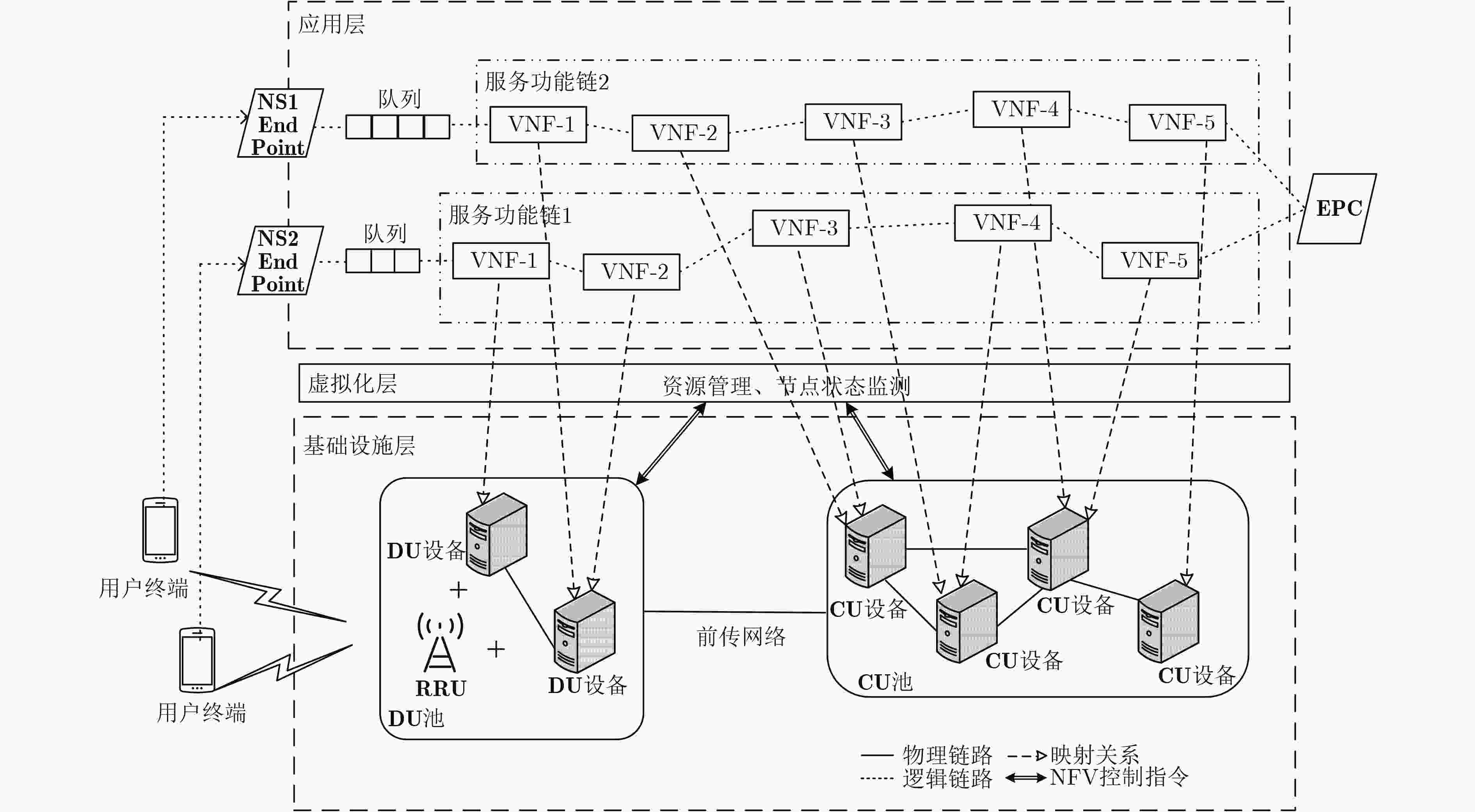
 下载:
下载:

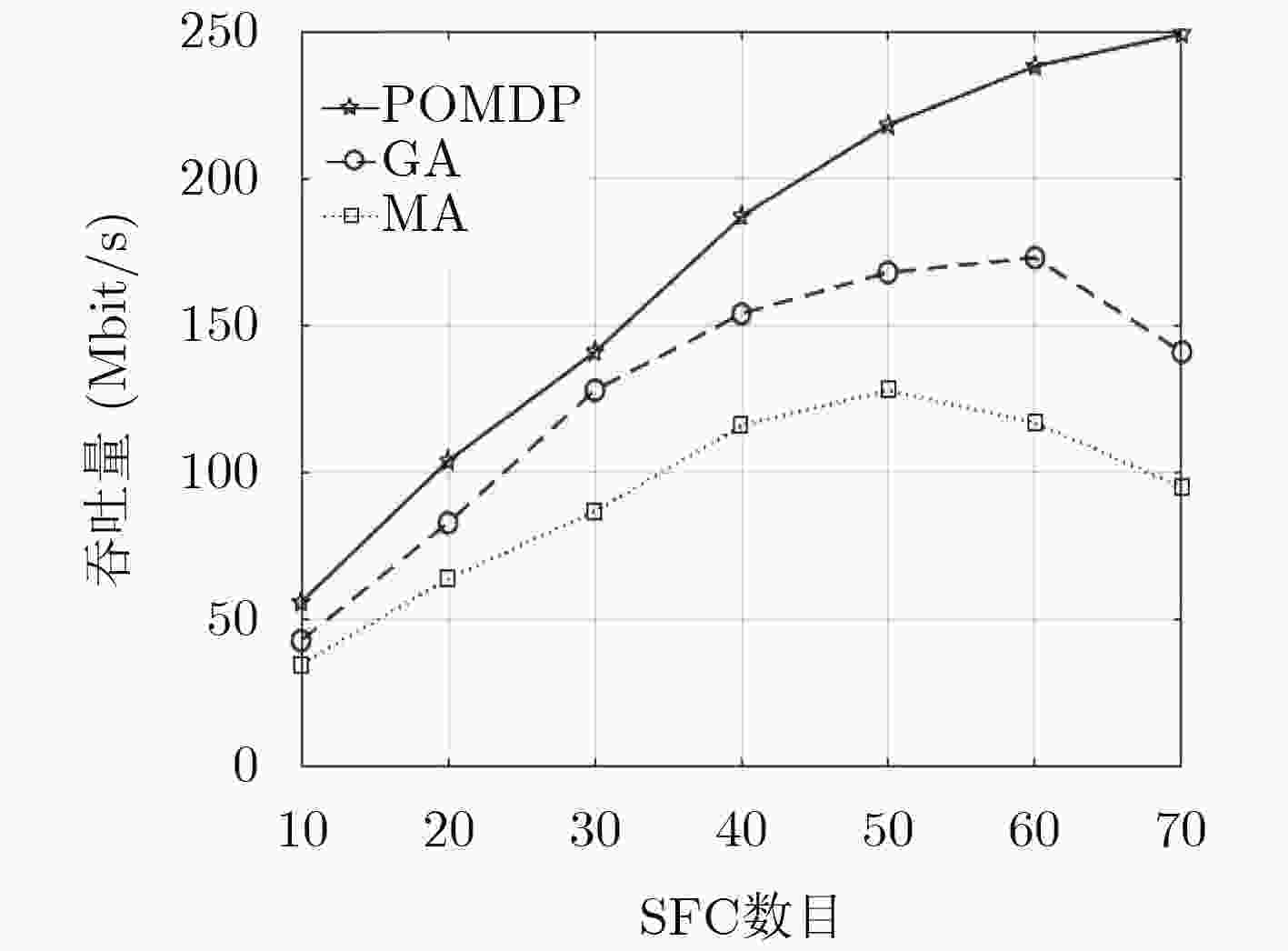
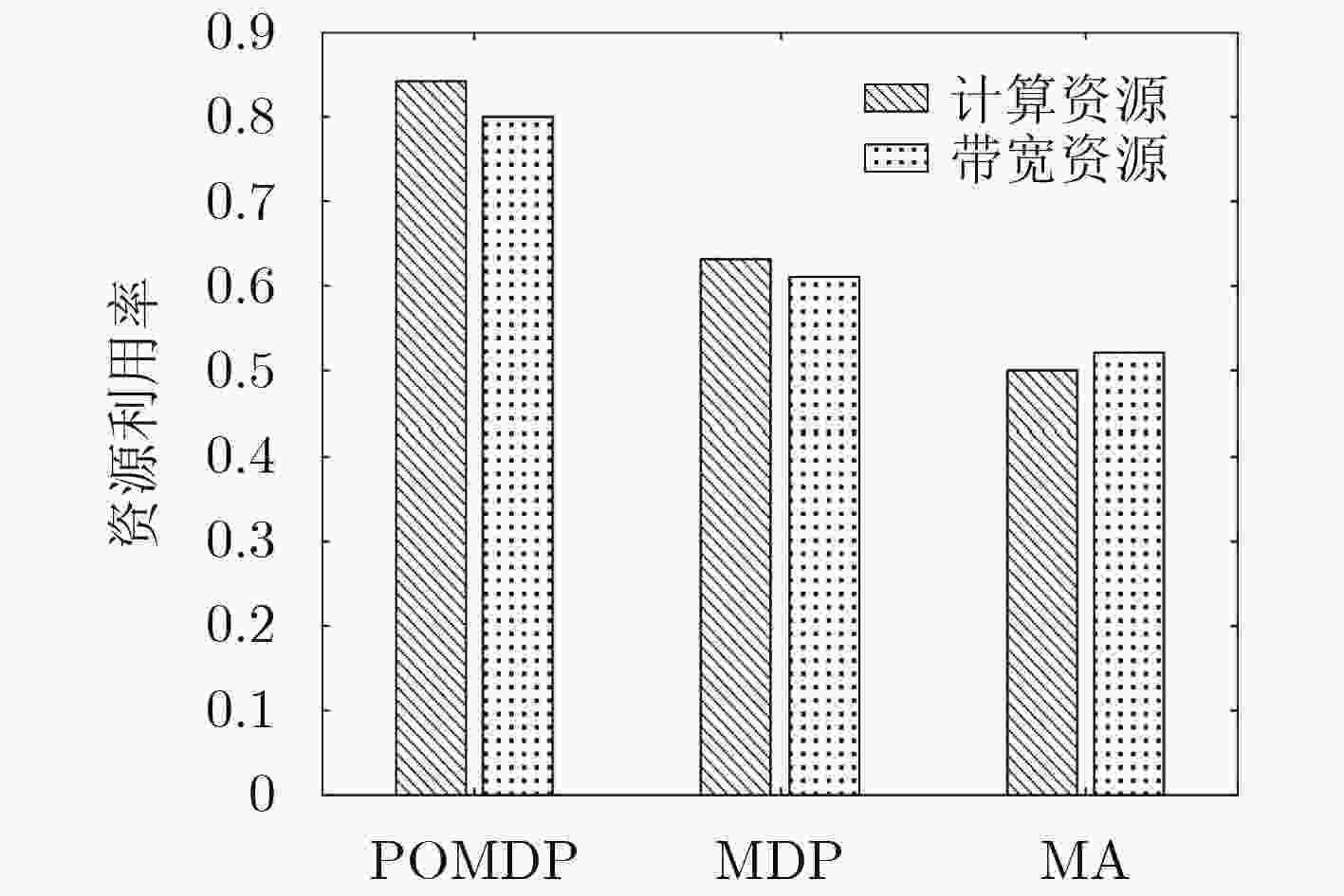
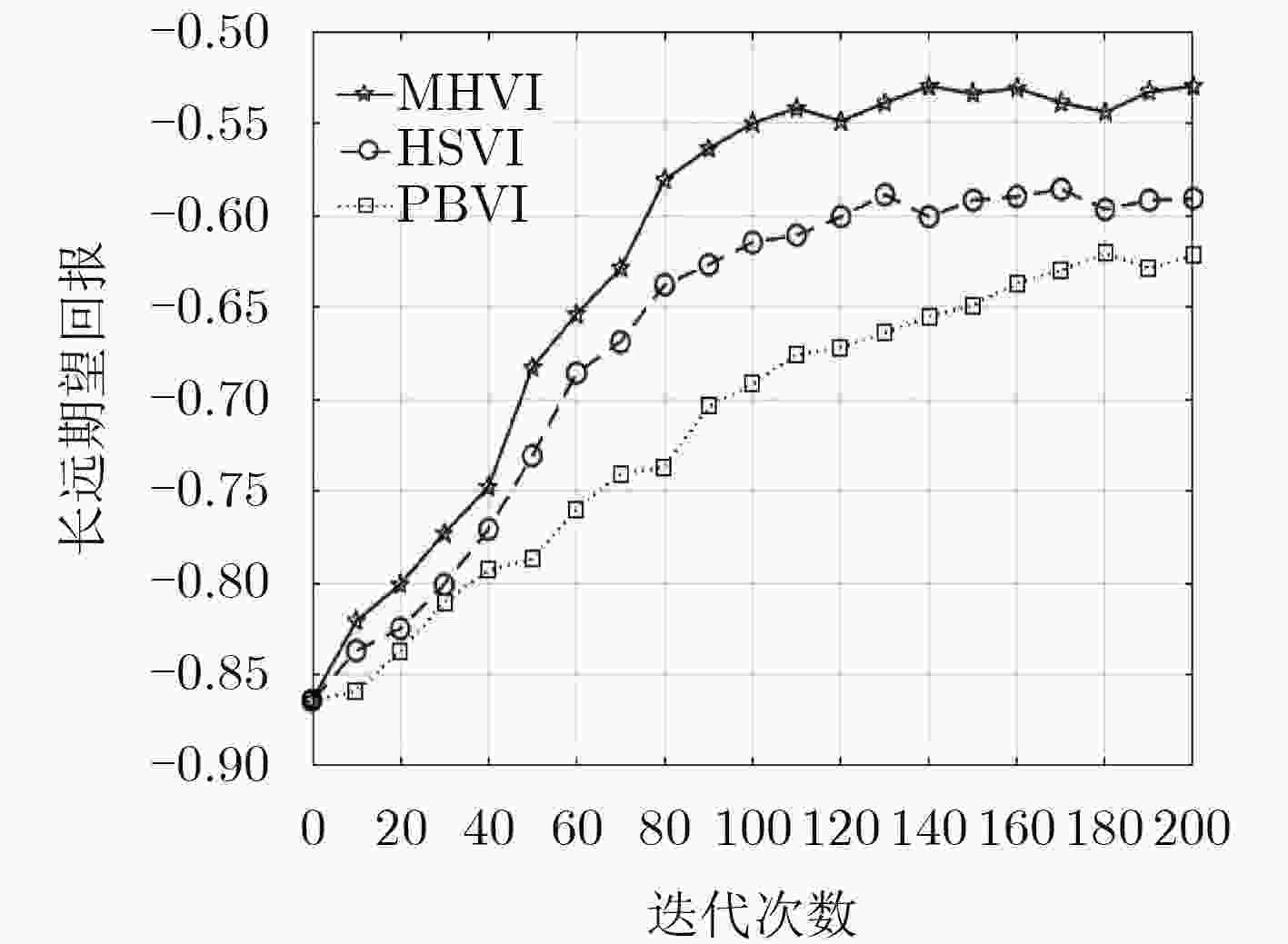
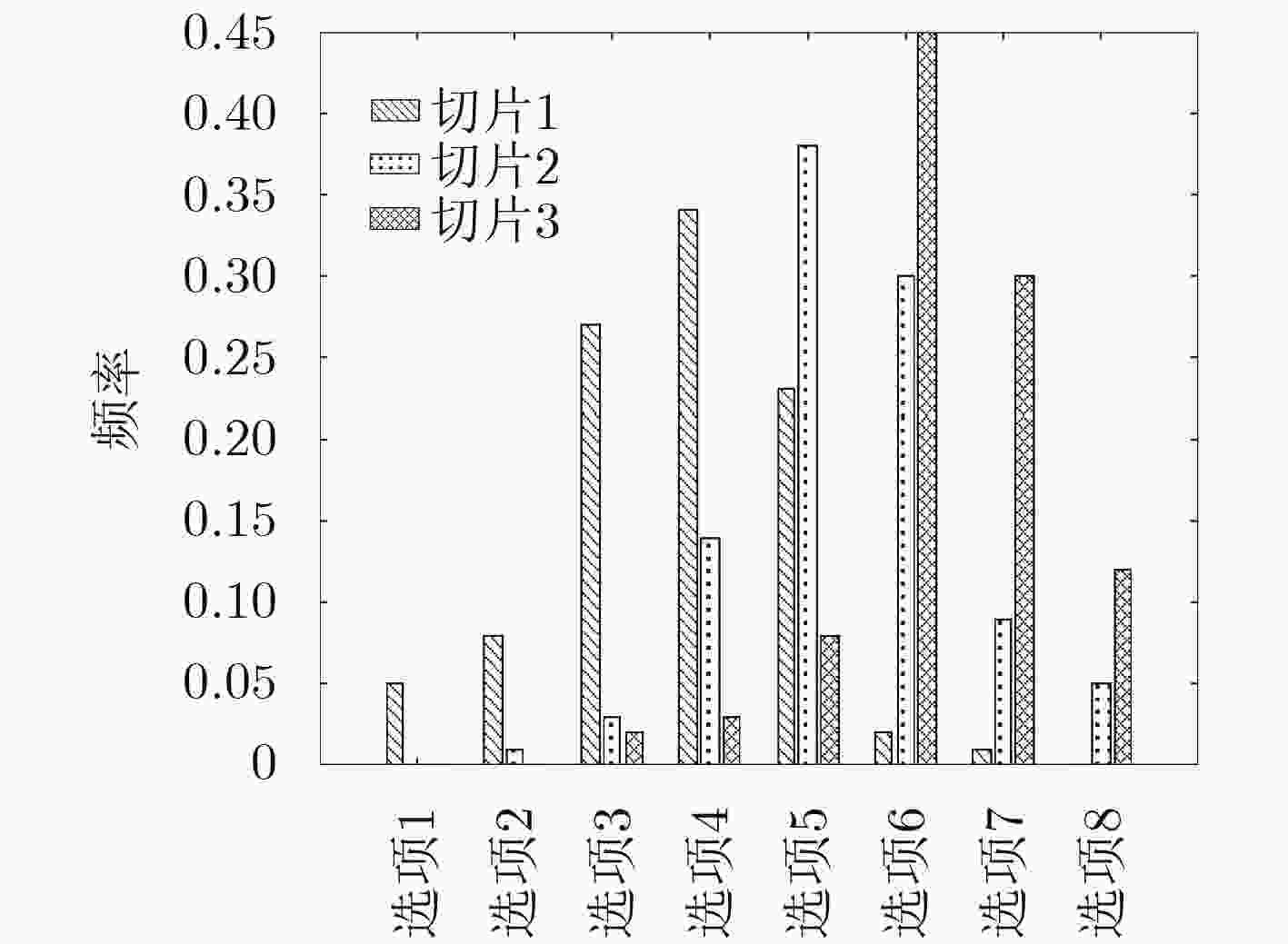





 下载:
下载:
